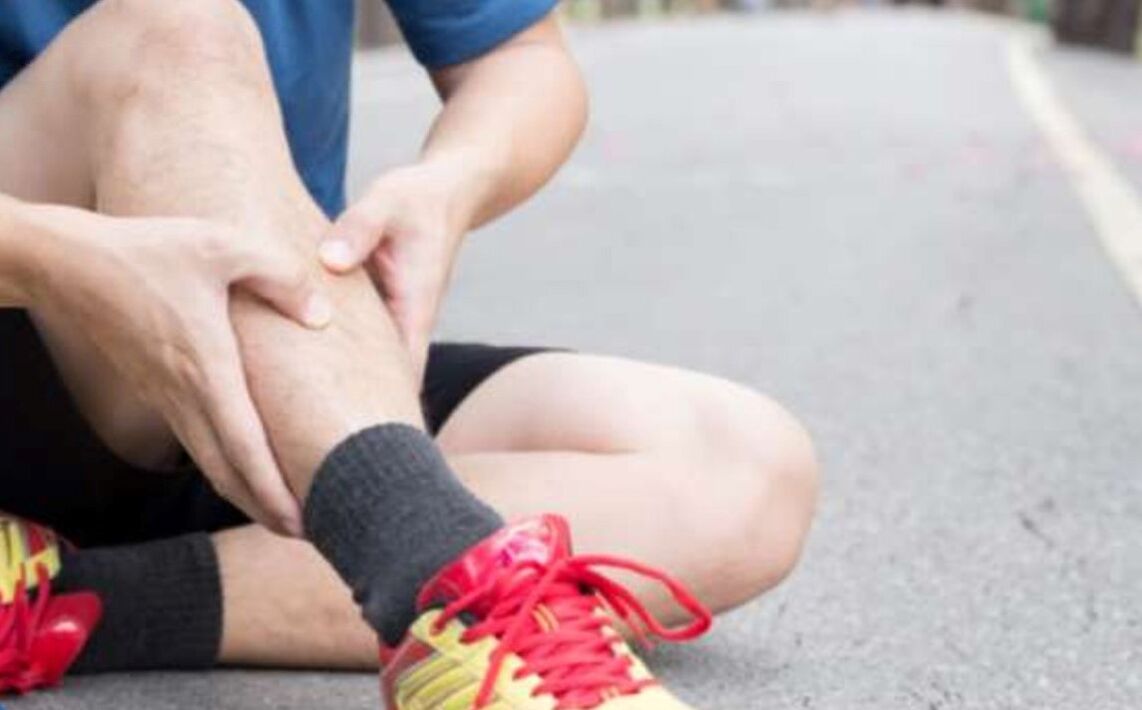Varicose veins are traditionally considered a "female" disease. However, this opinion is wrong, men also suffer from varicose veins. In addition, they courageously endure manifestations and turn to doctors late, when the disease is already at an advanced stage, and this is not surprising: men are not so concerned about the visual consequences of varicose veins - spider veins, protruding veins - and few people knowthat the disease can progress to the trophic ulcer stage.

Varicose veins begin long before the twisted, dilated veins appear on the legs. This is a process that can progress and become protracted (chronic). Venous blood stagnates in the vessels and is supposed to flow from the bottom upwards out of the legs and remove metabolic products. There are valves in the veins that prevent the blood from flowing back. As the disease progresses, the valves in the veins stop closing completely and some of the blood flows in the opposite direction. Due to the excessive accumulation of blood, the walls of the veins expand and become tortuous. The blood circulation is impaired, there is swelling, pain and a feeling of heaviness.
If you do not take measures for treatment, varicose veins can lead to complications: thrombophlebitis (inflammation of the walls of the veins with the formation of blood clots), dermatitis, trophic ulcers - non-healing open wounds with a risk of infection. In some cases, complications of the disease can lead to disability. Varicose veins are not just a lesion of the veins in the legs, an equally serious problem for men is pelvic vein dilation. In particular, it can contribute to the appearance of other problems such as hemorrhoids.
What contributes to the development of varicose veins:
The main factors influencing the development of varicose veins are a sedentary lifestyle, sedentary work, and being overweight. The irrational diet also plays an important role. For example, consuming a large amount of meat dishes, spicy, starchy, low-fiber foods can develop chronic constipation, which increases blood congestion in the veins of the pelvis and legs. The influence of alcoholic beverages is significant: alcohol consumption leads to excessive relaxation of the vein wall. Veins with varicose veins are already stretched, alcohol intensifies the negative effects and contributes to the progression of the disease.
Signs of varicose veins:
- Vascular networks or telangiectasias;
- dilated, tortuous veins or varicose veins;
- Skin discoloration, dryness, thinning.
More specific symptoms that indicate the development of varicose veins can include:
- a feeling of fullness and heaviness in the legs;
- Pain in the calf muscles;
- Itching, burning, tingling sensation, and even night cramps;
- fatigue;
- a symptom of restless legs.
How to treat varicose veins
Treatment for varicose veins should be comprehensive: a doctor will select a treatment plan. It is advisable to adjust your lifestyle. Benefits for vein health:
- Physical therapy;
- Walk;
- Swimming;
- Cross-country skiing;
- Cycle.
A massage of the buttocks, thighs, legs and feet is useful to promote blood flow to the veins. It should be a gentle stroke and shake of the muscles (from the buttocks to the foot) without affecting the areas of the dilated veins themselves. The duration of the procedure is 5-10 minutes a day.
An important place in treatment takes special drugs that improve the tone of the veins - venotonics.
Venotonics are local and systemic
Local or external, for example, is a preparation that contains three components that, thanks to an innovative active ingredient delivery system, quickly penetrate the skin and help to combat heaviness in the legs and their swelling, it does not leave a sticky feeling and stains on clothing and skin. . .
It is usually recommended to use topical medicines along with systemic venotonics (taken orally in tablet form). It works at every stage of varicose veins, acts from the inside on the cause of varicose veins and helps relieve pain and swelling in the legs. The drug is convenient to use: only 1 tablet 1000 mg per day.
Varicose veins are a gender-independent disease. It needs to be treated as soon as possible, starting with the first signs of the disease. Approaches include changing lifestyle, wearing special compression stockings (there are comfortable knee socks for men), and taking medication prescribed by a doctor.














































